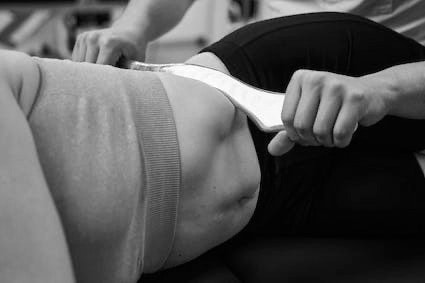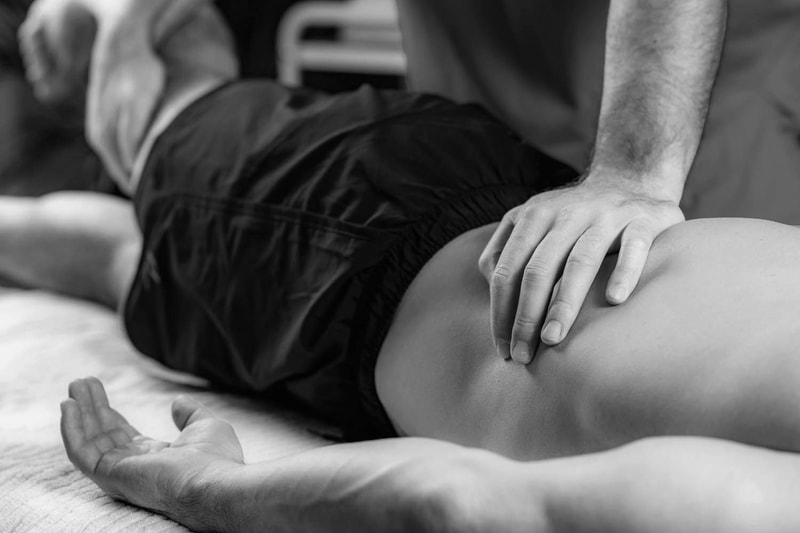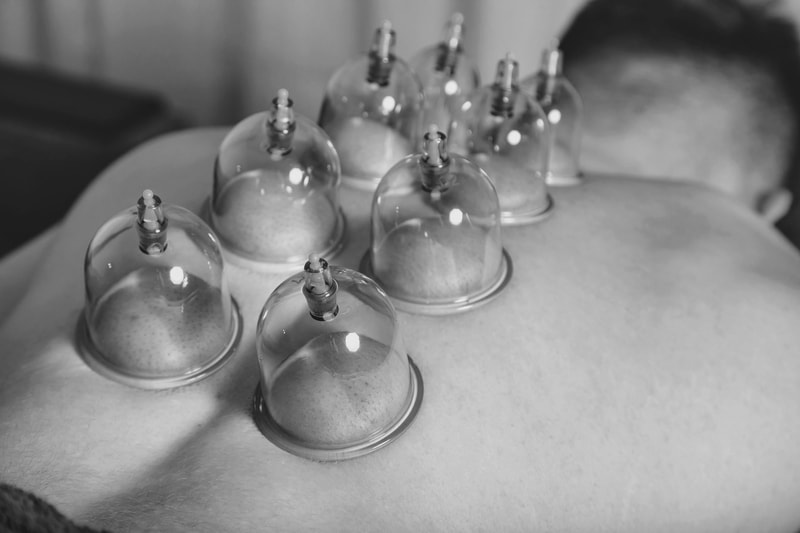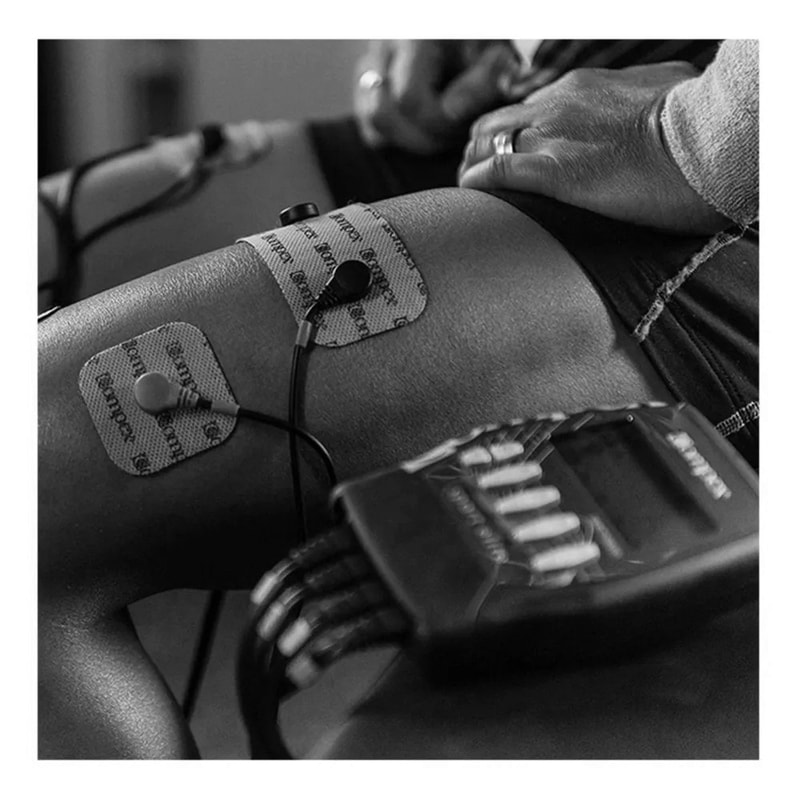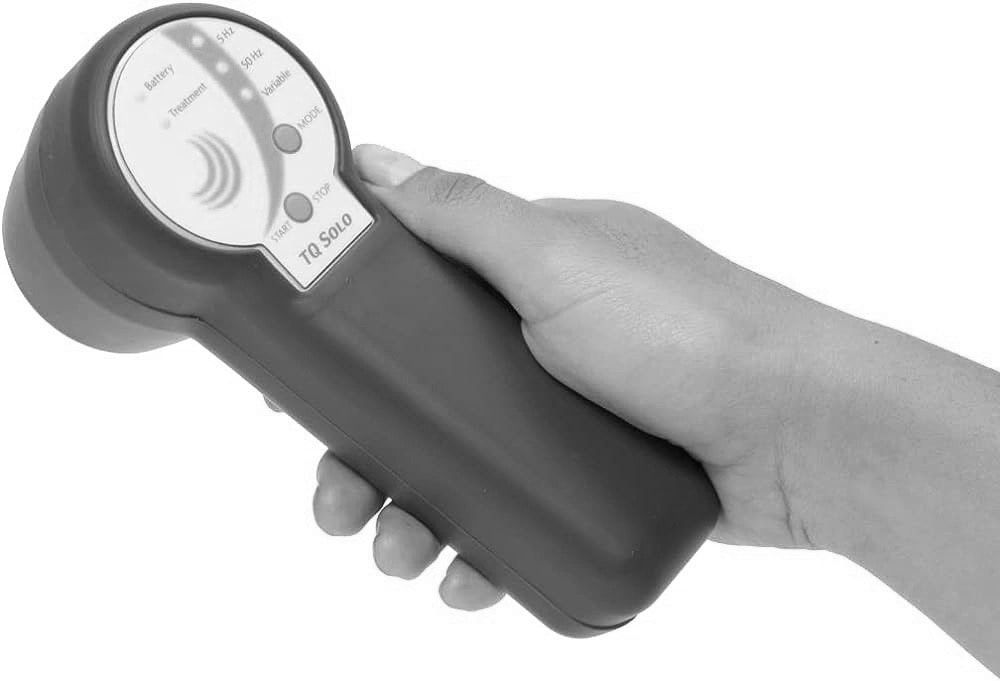Integrative Therapy
~ Speed up recovery
~ Reduce your chance of injury
~ Improve performance
~ Reduce pain
~ Improve circulation
~ Improve mobility/ ROM
30 Minute ~ $55 / 60 Minute ~ $105 / 90 Minute ~ $145
~ Speed up recovery
~ Reduce your chance of injury
~ Improve performance
~ Reduce pain
~ Improve circulation
~ Improve mobility/ ROM
30 Minute ~ $55 / 60 Minute ~ $105 / 90 Minute ~ $145
: Orthopedic & Sports Massage :
Application of core techniques involving the Normalization of Soft Tissues Theory Application, including: trigger point therapy, myofascial release techniques, and cross-fiber friction massage. Application of lymphatic drainage, passive positional release, and progressive stretching. Progressive techniques such as post-isometric relaxation and muscle-energy, stretching techniques with my assistance, in addition to client education in self-stretching.
Application of core techniques involving the Normalization of Soft Tissues Theory Application, including: trigger point therapy, myofascial release techniques, and cross-fiber friction massage. Application of lymphatic drainage, passive positional release, and progressive stretching. Progressive techniques such as post-isometric relaxation and muscle-energy, stretching techniques with my assistance, in addition to client education in self-stretching.
: Instrument Assisted Soft Tissue Mobilization :
Instrument Assisted Soft Tissue Mobilization (IASTM) is a process in which a set of hand held instruments are used to break down scar tissue and fascial restrictions in soft tissues (muscles, ligaments, tendons, fascia, and nerves). Once the damaged areas are detected, the instruments are used to deliver a controlled microtrauma to the affected area. The purpose of the microtrauma is to stimulate a local inflammatory response, which initiates reabsorption of excessive scar tissue and facilitates a cascade of healing activities. Adhesion's within the soft tissue that may have developed as a result of surgery, immobilization, or repetitive strain, are broken down, allowing the patient to regain function.
Instrument Assisted Soft Tissue Mobilization (IASTM) is a process in which a set of hand held instruments are used to break down scar tissue and fascial restrictions in soft tissues (muscles, ligaments, tendons, fascia, and nerves). Once the damaged areas are detected, the instruments are used to deliver a controlled microtrauma to the affected area. The purpose of the microtrauma is to stimulate a local inflammatory response, which initiates reabsorption of excessive scar tissue and facilitates a cascade of healing activities. Adhesion's within the soft tissue that may have developed as a result of surgery, immobilization, or repetitive strain, are broken down, allowing the patient to regain function.
: Cupping Therapy :
Cupping Therapy utilizes glass, plastic, or silicon cups to create suction or negative pressure on the body surface. These cups are moved over the skin using gliding, shaking, popping and rotating techniques while gently pulling up on the cup, and are parked for a short time (5 – 20 minutes) to facilitate joint mobilization or soft tissue release. This suction can reach deep into the soft tissue or can work superficially to pull inflammation and toxins toward the surface so that the skin and lymphatic system can readily eliminate them. Scar tissues often release quickly, despite the age of the injury or keloid tendencies.
One of the most amazing aspects of this technique is the "separation" that the vacuum produces in up to four inches of tissue layers. This enables water absorption and renewed blood flow to undernourished and dehydrated tissues. The suction cups rapidly facilitate rigid soft tissue release, loosen and lift connective tissue, break up and drain stagnation while increasing blood and lymph flow to skin and muscles in ways not possible using compression.
Cupping Therapy utilizes glass, plastic, or silicon cups to create suction or negative pressure on the body surface. These cups are moved over the skin using gliding, shaking, popping and rotating techniques while gently pulling up on the cup, and are parked for a short time (5 – 20 minutes) to facilitate joint mobilization or soft tissue release. This suction can reach deep into the soft tissue or can work superficially to pull inflammation and toxins toward the surface so that the skin and lymphatic system can readily eliminate them. Scar tissues often release quickly, despite the age of the injury or keloid tendencies.
One of the most amazing aspects of this technique is the "separation" that the vacuum produces in up to four inches of tissue layers. This enables water absorption and renewed blood flow to undernourished and dehydrated tissues. The suction cups rapidly facilitate rigid soft tissue release, loosen and lift connective tissue, break up and drain stagnation while increasing blood and lymph flow to skin and muscles in ways not possible using compression.
: TheraGun® :
The TheraGun’s AmpBIT uses a strong percussive force on the muscle that creates intense blood flow to help the muscle recover without the pain normally associated with deep muscle treatment. The TheraGun uses a unique combination of frequency and amplitude that inhibits the brain from sensing pain signals from the muscle, allowing deeper and longer muscle treatment. The increased muscular blood flow caused by the TheraGun produces numerous benefits, such as increased mobility, stretching of the muscle and removing muscle knots and cramps.
The TheraGun increases range of motion, reduces pain immediately, restores function and prevents injury by keeping blood in the area being treated or manipulated. The TheraGun helps maximize function and improve proper mobility. It also helps improve flexibility, coordination and balance, and restore muscle function. It prevents the progression of symptoms and improves the quality of patients’ lives.
The TheraGun’s AmpBIT uses a strong percussive force on the muscle that creates intense blood flow to help the muscle recover without the pain normally associated with deep muscle treatment. The TheraGun uses a unique combination of frequency and amplitude that inhibits the brain from sensing pain signals from the muscle, allowing deeper and longer muscle treatment. The increased muscular blood flow caused by the TheraGun produces numerous benefits, such as increased mobility, stretching of the muscle and removing muscle knots and cramps.
The TheraGun increases range of motion, reduces pain immediately, restores function and prevents injury by keeping blood in the area being treated or manipulated. The TheraGun helps maximize function and improve proper mobility. It also helps improve flexibility, coordination and balance, and restore muscle function. It prevents the progression of symptoms and improves the quality of patients’ lives.
: Kinesiology Taping :
Kinesiology tape or as it has become known, “K-Tape”, is primarily used to treat pain. The tape essentially works as a communication system between the area of pain and the brain (central nervous system). It does this by providing sensory input to the skin. Our skin is the largest organ in our body and is often overlooked when treating pain. Our skin is one of our primary sensor systems that alert us to danger. The tape works by providing sensory input through subcutaneous (below the skin) free nerve endings. When applied to the skin, the tape will provide a biomechanical lift as well as recoil from the stretch of the tape. This sensory input works to override pain sensations being signaled from the area to the brain.
By providing different degrees of tape tension, we can deliver a new sensory input. Tape tension with kinesiology tape is not like any other type of taping (think white athletic tape on an ankle sprain). Kinesiology tape is applied over and around ‘target tissues’ to encourage movement and to restore fresh blood to the tissues. Athletic taping is designed to restrict mobility and to mobilize a joint. This is not to say that athletic taping is ineffective, but rather that kinesiology taping is a different adjunct to the treatment of injuries.
The tape also functions by providing a biomechanical lift to the skin. In doing so, the tape can help increase the amount of space just beneath the skin (interstitial space) where there may be swelling. By doing this, fluid is moved out of the tissue spaces through the mild compressive force of both the tape and muscles, acting as an external pumping agent. Essentially assisting the body’s natural means of eliminating waste from the tissues spaces (Lymphatic System). When the swelling is reduced, less pressure is being placed on the free nerve endings beneath the skin, therefore the noxious signals once being sent to the brain are also reduced, signaling a new message to the brain.
The use of kinesiology tape can be an extremely effective means of coping with pain. When applied correctly, kinesiology tape can prolong the effectiveness on many other rehab solutions, making it a great partner in the treatment process.
Kinesiology tape or as it has become known, “K-Tape”, is primarily used to treat pain. The tape essentially works as a communication system between the area of pain and the brain (central nervous system). It does this by providing sensory input to the skin. Our skin is the largest organ in our body and is often overlooked when treating pain. Our skin is one of our primary sensor systems that alert us to danger. The tape works by providing sensory input through subcutaneous (below the skin) free nerve endings. When applied to the skin, the tape will provide a biomechanical lift as well as recoil from the stretch of the tape. This sensory input works to override pain sensations being signaled from the area to the brain.
By providing different degrees of tape tension, we can deliver a new sensory input. Tape tension with kinesiology tape is not like any other type of taping (think white athletic tape on an ankle sprain). Kinesiology tape is applied over and around ‘target tissues’ to encourage movement and to restore fresh blood to the tissues. Athletic taping is designed to restrict mobility and to mobilize a joint. This is not to say that athletic taping is ineffective, but rather that kinesiology taping is a different adjunct to the treatment of injuries.
The tape also functions by providing a biomechanical lift to the skin. In doing so, the tape can help increase the amount of space just beneath the skin (interstitial space) where there may be swelling. By doing this, fluid is moved out of the tissue spaces through the mild compressive force of both the tape and muscles, acting as an external pumping agent. Essentially assisting the body’s natural means of eliminating waste from the tissues spaces (Lymphatic System). When the swelling is reduced, less pressure is being placed on the free nerve endings beneath the skin, therefore the noxious signals once being sent to the brain are also reduced, signaling a new message to the brain.
The use of kinesiology tape can be an extremely effective means of coping with pain. When applied correctly, kinesiology tape can prolong the effectiveness on many other rehab solutions, making it a great partner in the treatment process.
Proudly powered by Weebly
